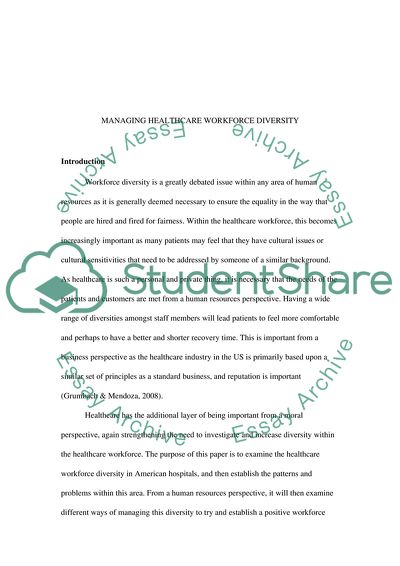Cite this document
(Managing Healthcare Workforce Diversity in American Hospitals Assignment, n.d.)
Managing Healthcare Workforce Diversity in American Hospitals Assignment. Retrieved from https://studentshare.org/nursing/1758880-managing-healthcare-workforce-diversity-in-american-hospitals
Managing Healthcare Workforce Diversity in American Hospitals Assignment. Retrieved from https://studentshare.org/nursing/1758880-managing-healthcare-workforce-diversity-in-american-hospitals
(Managing Healthcare Workforce Diversity in American Hospitals Assignment)
Managing Healthcare Workforce Diversity in American Hospitals Assignment. https://studentshare.org/nursing/1758880-managing-healthcare-workforce-diversity-in-american-hospitals.
Managing Healthcare Workforce Diversity in American Hospitals Assignment. https://studentshare.org/nursing/1758880-managing-healthcare-workforce-diversity-in-american-hospitals.
“Managing Healthcare Workforce Diversity in American Hospitals Assignment”, n.d. https://studentshare.org/nursing/1758880-managing-healthcare-workforce-diversity-in-american-hospitals.


